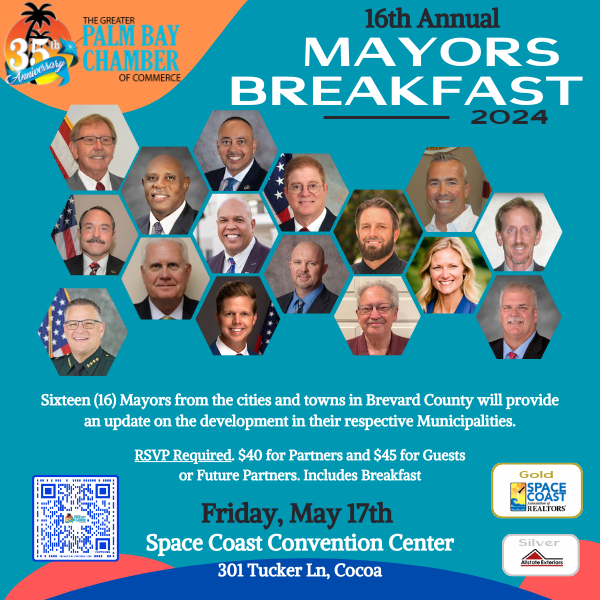Local Robots, Humans Signal the Future

Have you caught the Keenon Trio performing at Red Ginger restaurant? The audience adores them — their music and banter are infectious. But they’re not your typical entertainment.
The three food delivery robots have been a fixture at Red Ginger’s Melbourne Square location recently. Owner Grace Han is leasing them to assist servers at her traditional Asian restaurant.
“Robots are never going to replace a human server, but they do help servers carry out orders, particularly for large parties,” she said. “They’re very efficient.”
They’re also very nimble, able to negotiate tight spaces between tables.
Like the menu Red Ginger serves, Keenon robots hail from Asia — Shanghai to be specific. The novelty value attracted Han to the bots.
“We always want to try new stuff and stay ahead of the curve,” she said.
Red Ginger may not be ahead of the curve for long when it comes to server robots, as more local businesses fall under the considerable charms of these mechanical helpers. Market research institution International Data Corporation (IDC) reports that “the market for service robots such as delivery robots is growing significantly across many industries, especially catering. The catering industry has become one of the most mature industries in the application of commercial service robots, with the market displaying a rapid growth trend over the past two years.”
In addition to serving dishes in restaurants, Keenon bots also can serve tea and water in offices, send and receive express deliveries and provide goods distribution services in the hotel industry.
One of the Red Ginger Keenons acts as a sort of sous host, leading guests to their seats with a courteous greeting and music.
“Some of the guests start dancing behind it,” Han said.
In the kitchen, the robots are stacked with entrees and sent on their way to help the servers deliver the meals.
They can even help guests celebrate special occasions by singing “Happy Birthday.”
Medical Assistance
Beyond hospitality service, robots are entering other fields. Target, for example, is experimenting with a manicure robot during small-scale tests in California, Minnesota and Texas stores. Manufactured by Clockwork, the bot has been designed to paint nails in 10 minutes or less.
Clockwork co-founder Renuka Apte sees it not as a replacement to a traditional nail salon, but as another option aimed at shoppers eager to multitask. Like the bots at Red Ginger, Target’s are overseen by humans.
Robots also can be lifesavers. Robotics is not new to the local medical community. At Viera Hospital, Dr. Nathan Allison has notched 3,000 surgeries using robotics.
“Largely because of him and Health First’s early investment in robotics and robotics-qualified surgeons, about half of the surgical suites at Viera Hospital have da Vinci Surgical Systems,” said Bobby Ampezzan, Health First communications editor.
As meticulous and talented as its artistic namesake, the da Vinci system is outfitted with arms that maneuver tools such as alligator pincers, cutter/cauterizers, etc. The tiny wristed instruments move like a human hand, but with a greater range of motion.
The surgeon guides the arms from a large console that may be 10-15 feet from the patient, yet affords the surgeon a highly magnified, 3D high-definition view of the surgical area, making it possible for the physician to operate through small incisions in this minimally invasive type of surgery.
Valuable ‘Employees’
It’s not surprising that robotics is a hot topic everywhere from elementary schools to universities. The possibilities are endless.
“The forecast is great for the industry,” said Bruce Hesher, assistant professor of electronics at Eastern Florida State College, which offers a college credit certificate for robotics and simulation technicians.
Hesher notes that robots have become critically valuable “employees” with manufacturing, healthcare and even manufacturing.
“FPL has been using robots for some time,” he said. “Some travel down the lines to inspect for loose connections and other problems. Others are like robotic guard dogs on wheels and with a camera. They’re used at substations to monitor that everything is working.”
The bots make work easier for humans, but that does not mean humans are not needed. In FPL’s case, employees monitor robots from a central location.
At Florida Institute of Technology, students are working on COBOT, or Collaborative Robot, a project to aid any person, regardless of ability or disability, perform routine tasks such as picking up and placing objects and handling small tools. As a capstone project, student teams enhance COBOT every year. Possible applications to help persons with disabilities are exciting.
“The COBOT arm simulates the human body,” said project advisor Dr. Lee Caraway.
“As our society gets older, there will be a greater need for these types of robots.”
The Future
Tomorrow’s robot masters are starting long before they reach college age.
“Several Brevard Public Schools (BPS) high schools have robotic programs that prepare students for statewide and national competitions,” said Russell Bruhn, chief strategic communications officer with BPS. “These programs allow students to earn industry certifications that prepare them both for the workforce and for college after graduation.”
Even students are teaching students about the possibilities of robots. Holy Trinity Episcopal Academy senior Faizan Zaidi developed a robotics program designed to introduce principles of robotics to underserved students in Florida.
“They learn about fundamental mechanical concepts and the basics of object-oriented coding,” he said.
Yes, those Red Ginger bots are going to have plenty of company.








